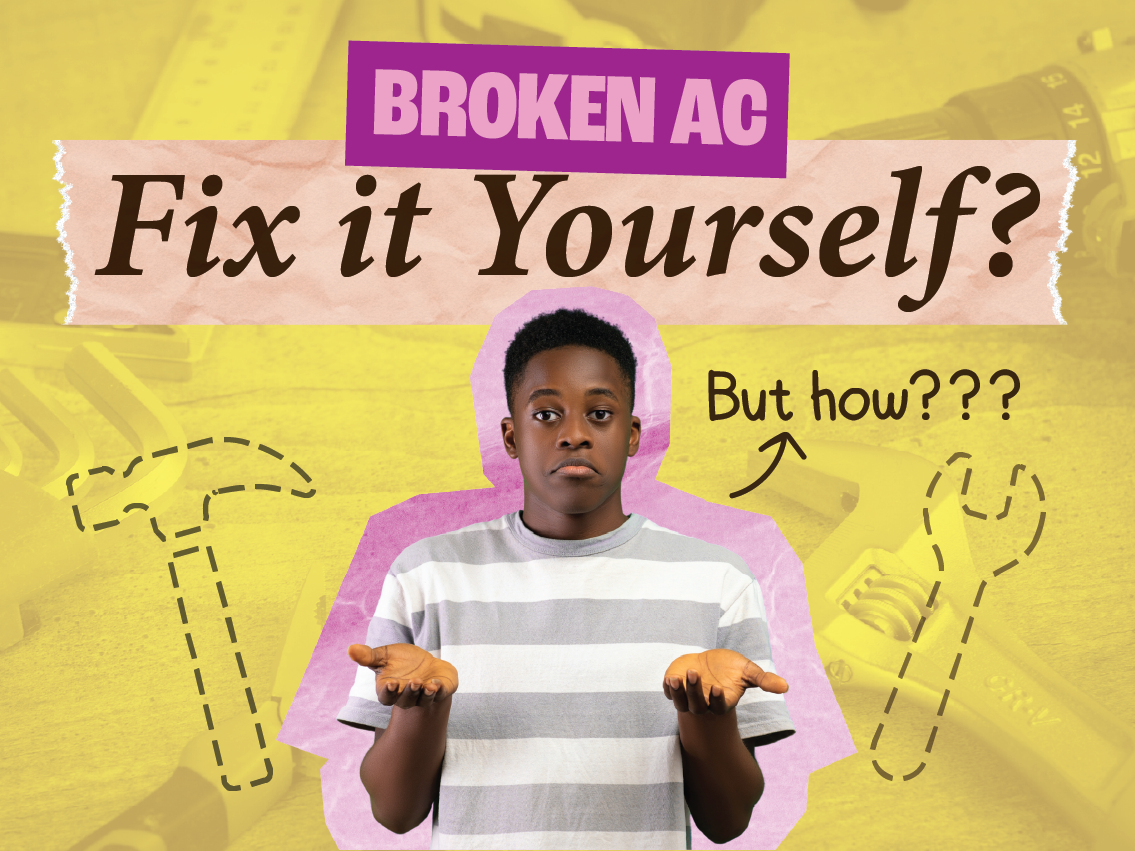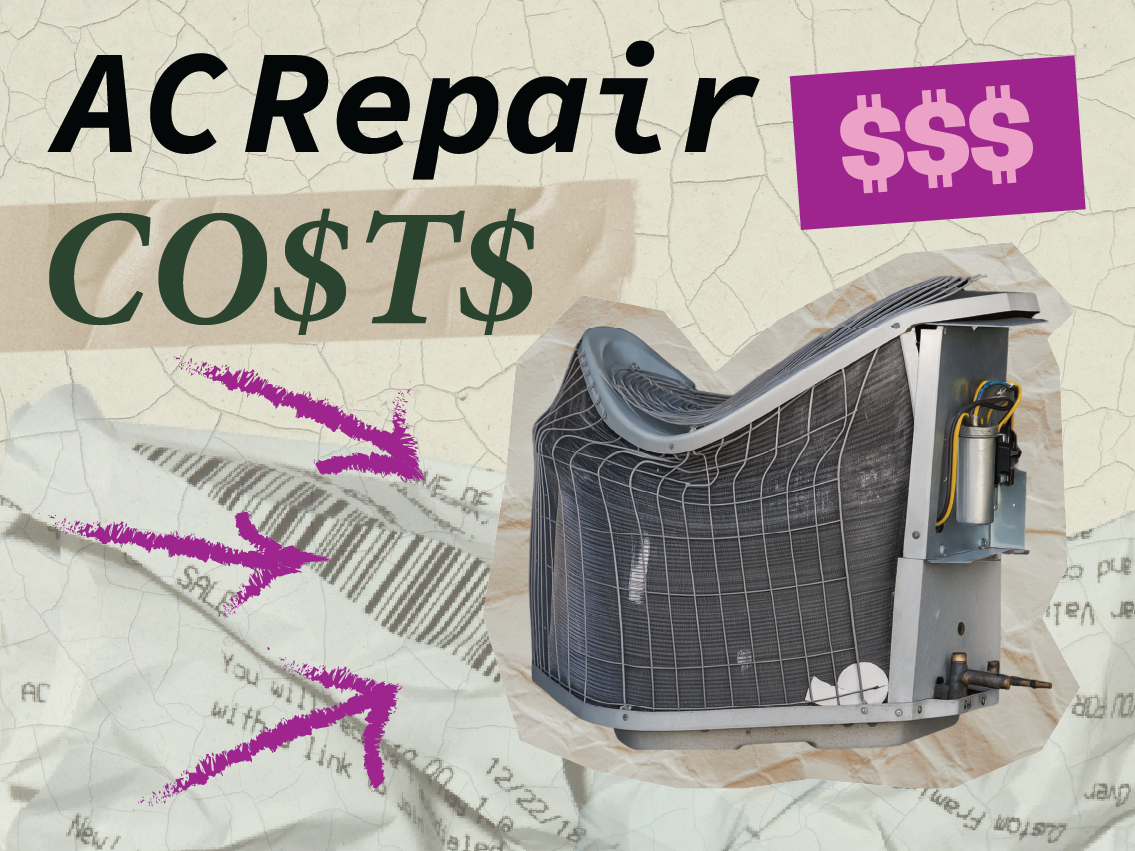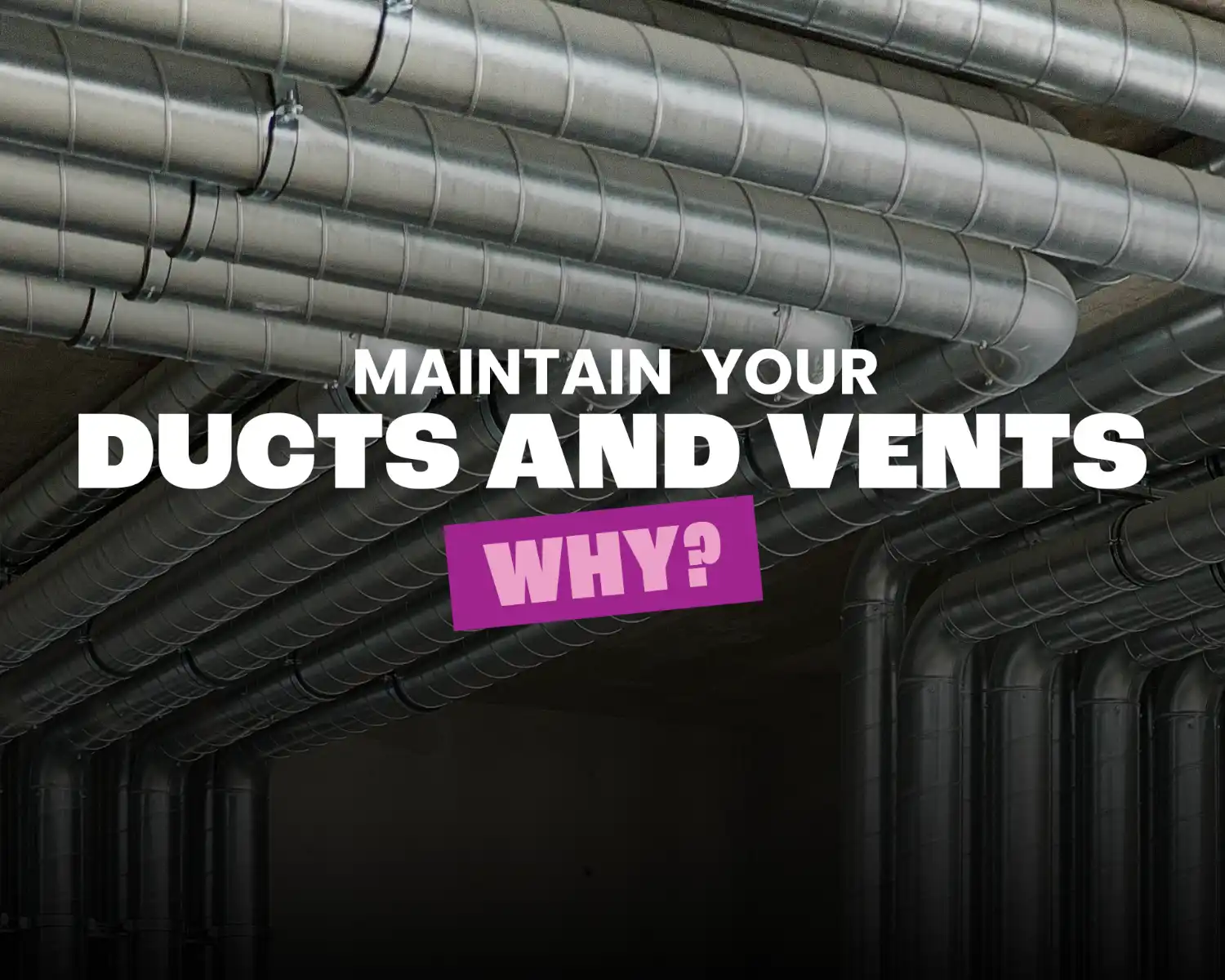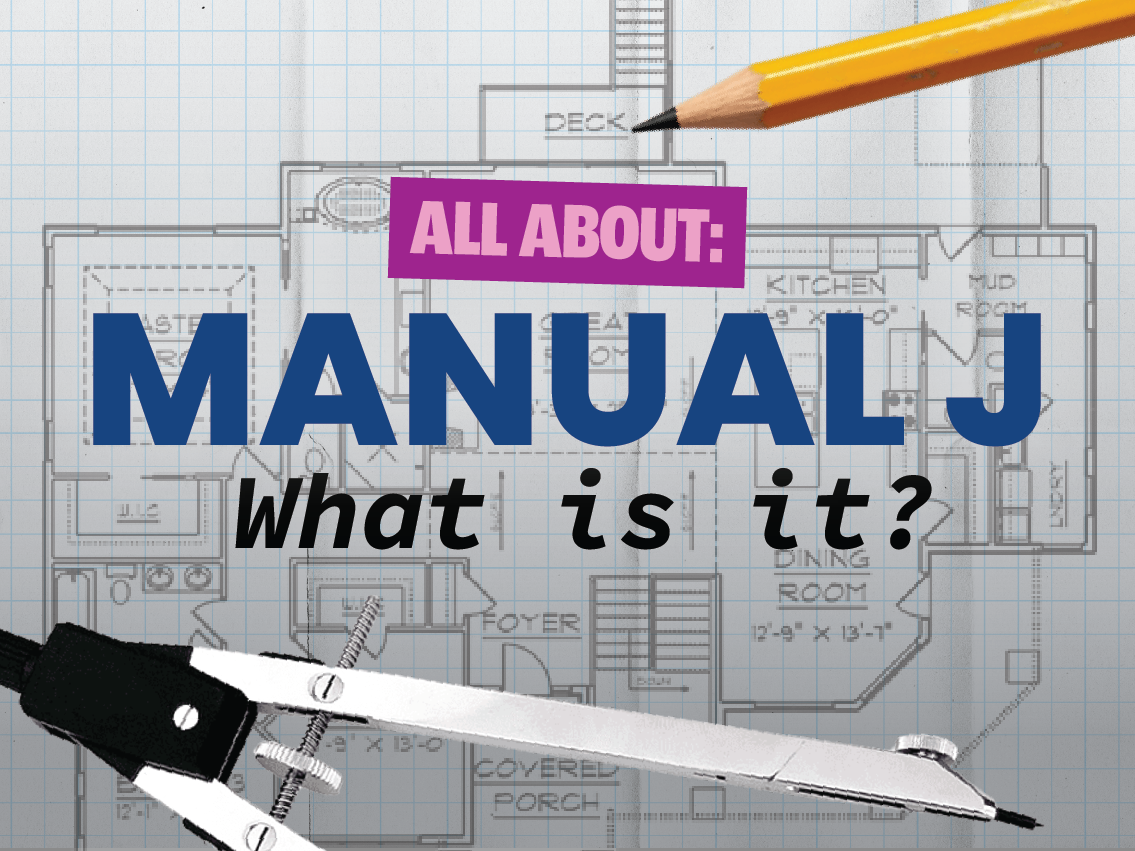The Unsung Hero of Comfort: Why Proper Duct and Ventilation Maintenance Matters
When we think about home comfort, most of us picture the big-ticket items — the furnace that keeps us warm, or the AC that keeps us cool. But there’s a hidden system quietly working behind the scenes to make sure that conditioned air actually gets where it needs to go: your ducts and ventilation.
At Peak Heating & Cooling, we like to call your ductwork the “delivery system” of your HVAC. Without it, all that heating and cooling power is just spinning its wheels. So let’s talk about why proper duct and ventilation maintenance is so important — not just for your comfort, but for your health, efficiency, and peace of mind.
What Do Ducts and Ventilation Actually Do?
Your HVAC system’s ducts are a network of metal or flexible tubes that distribute conditioned air throughout your home. The supply ducts deliver warm or cool air into your rooms, while the return ducts pull air back to be heated or cooled again.
Ventilation, on the other hand, refers to the process of exchanging indoor and outdoor air — helping remove pollutants, moisture, and stale air so your indoor environment stays healthy and balanced.
Together, these systems create the airflow that keeps your home comfortable and your air breathable.
Why Duct and Ventilation Maintenance Is So Important
Here’s what happens when ducts or vents are neglected:
- Air leaks waste energy, making your system work harder.
- Dust buildup can spread allergens throughout your home.
- Poor ventilation can trap pollutants and moisture, leading to mold and musty odors.
- Uneven temperatures (some rooms hot, some cold) often point to airflow issues.
According to the U.S. Department of Energy (DOE), the average home loses 20 to 30% of conditioned air through leaks, holes, and poorly connected ducts. That means a big chunk of your heating or cooling bill could be disappearing into your attic or crawl space!
Signs Your Ductwork or Ventilation Needs Attention
Not sure if your ducts are due for some TLC? Here are some telltale signs:
- Certain rooms are always warmer or cooler than others
- You notice weak or inconsistent airflow from vents
- Your energy bills have been creeping up
- You spot visible dust puffs coming from registers
- You hear rattling or whistling sounds when the system runs
- You’re sneezing or experiencing allergies more often indoors
If these sound familiar, it might be time for a duct inspection and cleaning.
The Health Benefits of Proper Ventilation
Beyond comfort, good ventilation is critical for indoor air quality. The U.S. Environmental Protection Agency (EPA) notes that indoor air can be two to five times more polluted than outdoor air due to everyday sources like cooking, cleaning products, and building materials.
Proper ventilation helps:
- Reduce allergens and pollutants like dust, pollen, and pet dander
- Prevent mold growth by controlling humidity levels
- Limit carbon monoxide and VOC buildup, especially in tightly sealed homes
- Keep your home smelling fresh and breathable year-round
Duct & Ventilation Maintenance Checklist
Here are a few key steps every homeowner should take to keep their duct and ventilation system in top shape:
1. Schedule professional duct inspections every few years.
A technician can check for leaks, blockages, and buildup. The DOE recommends sealing ducts with mastic or metal tape, not the flimsy “duct tape” you find in drawers.
2. Replace air filters regularly.
Dirty filters restrict airflow and push your HVAC system to work harder. ENERGY STAR suggests checking filters monthly and replacing them at least every 3 months. (ENERGY STAR HVAC Checklist)
3. Keep vents clear and clean.
Vacuum registers, remove debris, and make sure furniture or curtains aren’t blocking airflow.
4. Inspect for visible mold or dust.
If you see dark spots, dust streaks, or musty smells, contact a professional to check for contamination or leaks.
5. Consider ventilation upgrades.
Mechanical ventilation systems like HRVs (heat recovery ventilators) or ERVs (energy recovery ventilators) can improve air quality and efficiency in modern, well-sealed homes. (Energy.gov on Ventilation)
Efficiency Tips That Go the Distance
A few extra steps can make a big difference in energy savings and comfort:
- Seal and insulate ducts in unconditioned spaces like attics or basements.
- Keep outdoor intake and exhaust vents clear of leaves and debris.
- Have your HVAC system balanced to ensure even airflow in every room.
- Combine regular duct cleaning with annual HVAC maintenance for best results.
The DOE emphasizes that sealing leaks and improving ventilation can improve system performance and reduce energy waste significantly — often paying for itself in lower utility bills.
The Verdict
Your ducts and ventilation might be out of sight, but they should never be out of mind. Clean, well-sealed, and properly balanced ductwork ensures that every bit of heated or cooled air reaches you — not your attic. And healthy ventilation means cleaner, fresher air for your family to breathe.
If it’s been a while since your ducts were inspected or cleaned, now’s the perfect time to schedule it. A quick maintenance check can boost comfort, cut energy waste, and keep your home’s air feeling fresh and healthy all year long.


























